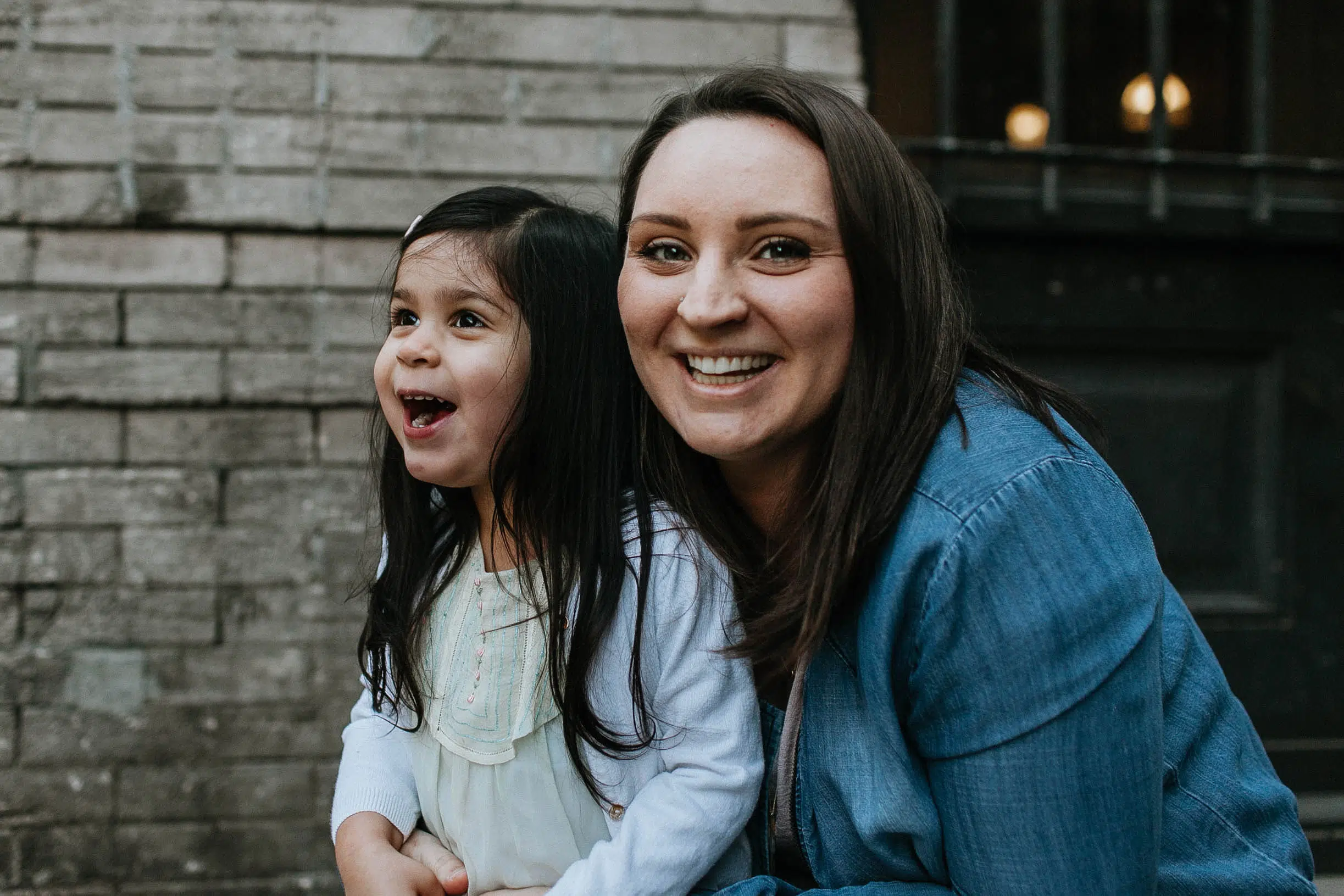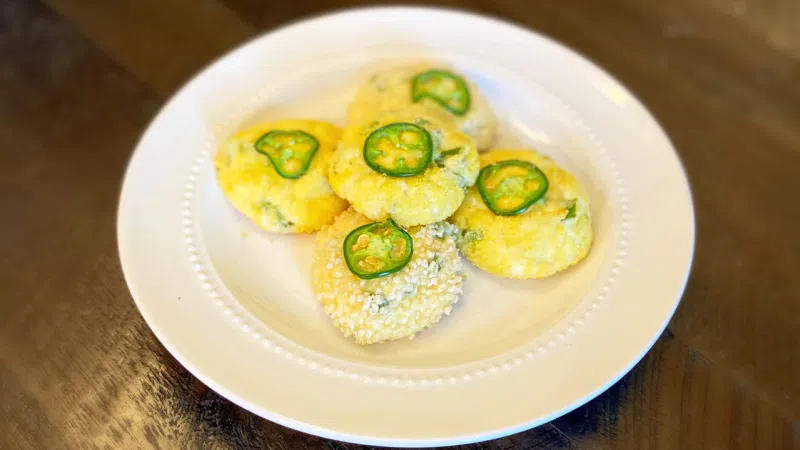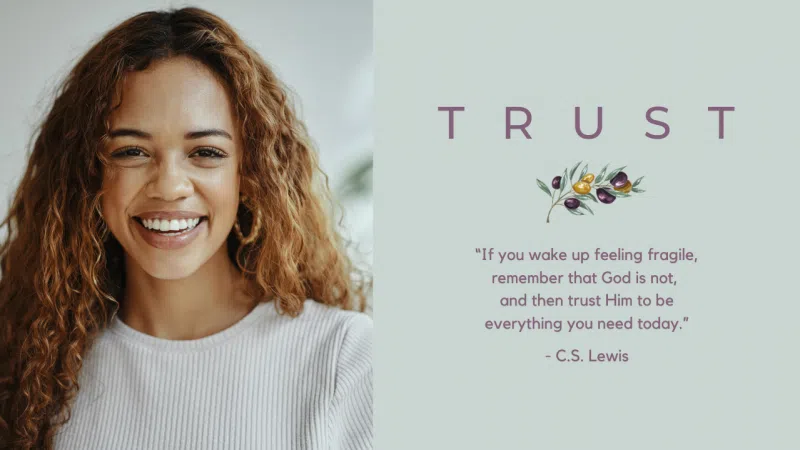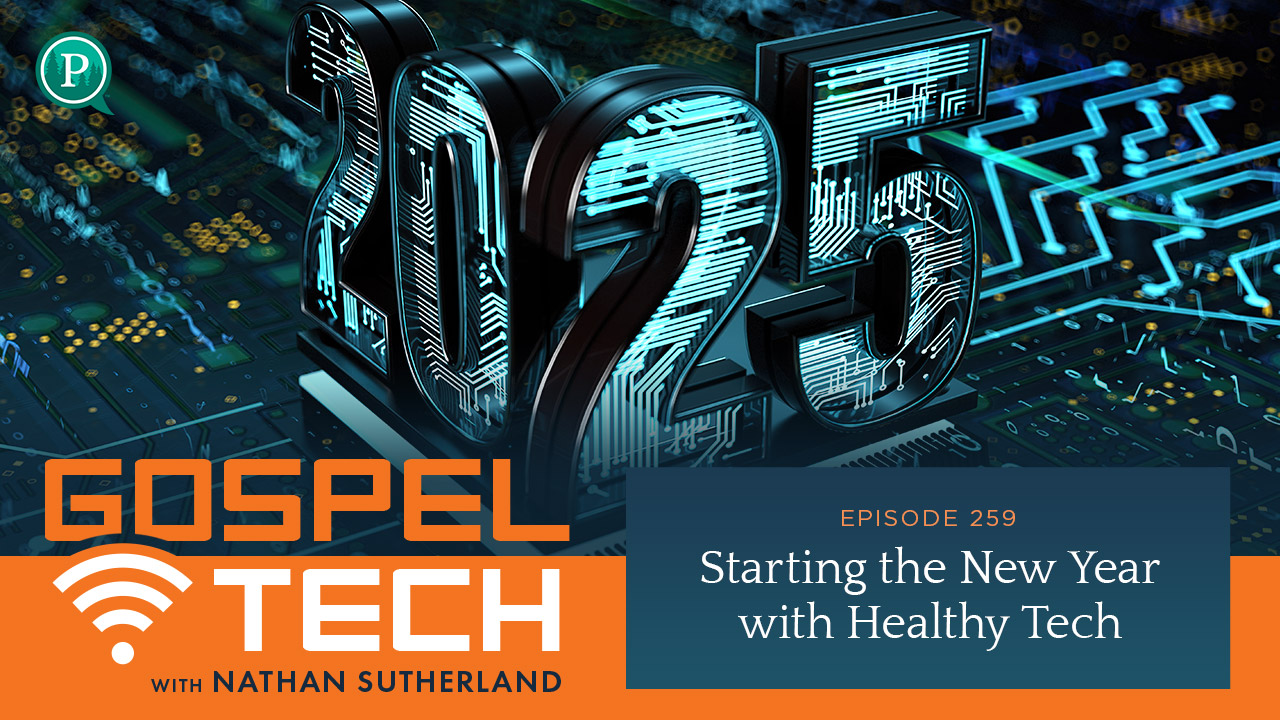A couple weeks ago I sent an SOS text to my dear friend Lara who is a Classical education teacher and homeschool mom. It was my please-help-me-I-have-no-idea-what-I’m-doing text in hopes that she would be able to steer me in the right direction, any direction, so I didn’t feel like I was fumbling my way through this new-homeschool-mom thing.
For two days she received my stream of consciousness as I researched all the things. She offered ideas and support and encouragement that I so desperately needed. Here are a few of the valuable nuggets I gleaned from my immersion into the homeschool world.
1. Whether you choose to bundle or not bundle, research a few different options before purchasing. When I set out to buy curriculum, I was set on doing everything from Abeka because that’s what my daughter used in Kindergarten. Since I already knew the curriculum from distance learning in the spring, it seemed like the best transition to homeschool. However, when I looked at prices for Language Arts and Math, I decided it wasn’t going to work for us and I needed to roll up my sleeves and do some research.
If you have a more flexible budget, a bundle like Abeka is a great option. You’ll get everything you need with well-planned instructions and very little prep-work.
If you’re working with a tight budget, you can piece together a curriculum from varying publishers and be on the hunt for freebies or low-cost supplements to your core subjects.
What I ended up with is a mix of books and studies from several different creators – The Good and the Beautiful, Gentle & Classical Preschool, and Scott Foresman D’Nealian Handwriting to name a few—and I’m excited about teaching them. I also stayed within my budget – yay! – and learned that that’s not so easy.
2. Don’t impulse- or panic-buy. In addition to doing your research before you buy, it’s also best to have a plan before you buy anything. And I really mean anything.
When back to school items started filling shelves in July I panicked at the Target dollar spot. And again at Michael’s. And I ended up with things that I can’t use, don’t need, and a couple that I had to return.
When you finally buy your bundles and books, you’ll find that many come with supplemental materials. Again, before learning my lesson, I had filled up a cart of fun math manipulatives from Christianbooks.com (I’m looking at you cute little rainbow counting bears), only to realize that almost everything in my cart was included in the math bundle I bought from The Good and the Beautiful. Thankfully I only wasted about $20 at Target, but it could have been much worse if I bought too much before having my plan for core curriculum in place.
3. Enlist the experts to help you make a plan. I’m a fairly organized person, but as someone who has never been a teacher, thinking about how to organize several subjects for two grades for an entire year is completely exhausting and overwhelming. Lara recommended a very simple teacher planner, and another friend told me about the Not Consumed Homeschool Planning Bootcamp that helps guide your vision for homeschool, whether you’ll be invested in this for a year or for all of your child’s education. Once you’ve gathered your resources, find a quiet place, a cup of coffee (or three), and take a morning (or day) and write out your plan in pencil. Then take a breath and remember that plans can change and that’s ok.
4. Don’t get distracted by all the beautiful things. Those words came straight from Lara after I texted her about how homeschooling curriculum is a black hole: once you start looking you get sucked in because there is SO MUCH GOOD STUFF OUT THERE. And of course it’s after you’ve built your budget and made your plans that you find another thing (and another, and another) that you just have to have because it’s all so wonderful and beautiful.
And then there are the extras – the Spanish flashcards, the math manipulatives, the sensory activities, the craft supplies. It’s all so much and you can’t have it all or do it all. Teachers take years to stock their classrooms. You’ve had a few weeks.
Lara was also quick to remind me that even though those cute little rainbow counting bears are really fun, so is collecting acorns in the backyard (bonus: it’s science, outside time, AND math). Buy what you need, use what you have, and remember that you don’t need cute little rainbow counting bears to teach math.
5. Do what’s best for your family. This one seems obvious, but really, do what’s best for your family. Lara sent me several options for curriculum that she recommends for language arts and reading. We both have 1st graders this year, and we both chose different reading programs because our kids’ learning styles are different. Most curriculum websites offer samples and placement tests so you can see if they’re the right fit for your child.
What advice do you have for new homeschooling parents?
It’s Not Too Late to Homeschool. Here’s What You Need to Know.
Hesitant to Send Your Child to School in September? Here Are Your Options.

I’m Hannah — a Seattle native and a mom to three spirited daughters. I love a good oat milk latte from Caffe Ladro, learning to skateboard with my 6-year-old, and exploring new parks with my best friend and partner, Matt. I’ve walked through hard seasons of divorce, single-parenting, and mental illness (in my kids and myself), but in the last couple years I’ve been redefining what it means for me to be a mom in my 30’s and how to find joy right here. (Hello, skateboard lessons and adult art class!) I didn’t expect much of anything about my life as it is now, but I’m learning to savor each moment. There is so much joy to be found here.

















